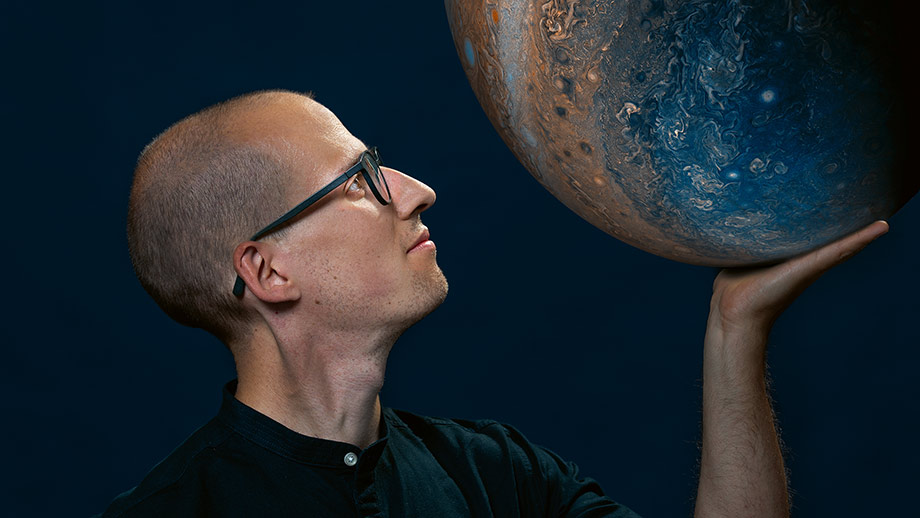Jupiter's Core

By Stefan Stöcklin
Astrophysicist Simon Müller has a penchant for planets. The celestial bodies are part of an immense cosmos and always connected to a larger solar system. “Planets are concrete and highly interesting from a theoretical perspective,” says the doctoral candidate, who’s a member of Ravit Helled’s group at the Center of Theoretical Astrophysics and Cosmology. He is particularly taken with the mighty gas planets such as Jupiter or Saturn, which at night are visible to the naked eye. When it comes to Jupiter, the researcher has recently made a veritable breakthrough. Working together with groups in China and the US, Müller used his model calculations to demonstrate that a giant impact is likely to have shattered the core of a young Jupiter. This resulted in the gas planet’s diluted, “fuzzy” core. The paper, published in the renowned journal Nature, garnered a great deal of attention, as astronomers had previously struggled to find an explanation for Jupiter’s unusual core. “Our simulations can explain this surprising characteristic,” says a pleased Müller, who now enjoys looking up at Jupiter more than ever before.